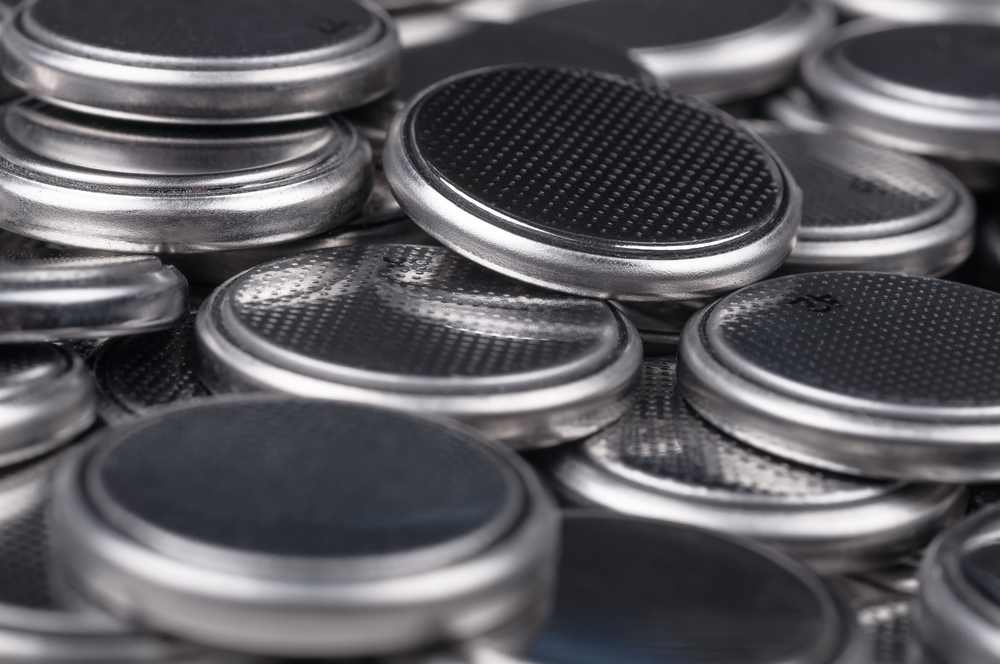
Researchers at the Department of Energy’s Pacific Northwest National Laboratory (PNNL) have discovered the salt concentration in lithium-metal batteries can affect the battery’s charge.
Researchers worked to find the right salt concentration for a battery’s electrolyte solution that would not corrode the battery’s electrodes. They developed a protective layer for the electrodes and achieved a significant increase in the charge/discharge cycles.
The electrolyte was tested on a battery similar to one in a watch. It was able to retain 80 percent of its initial charge after 700 cycles of discharging and recharging compared to approximately 100 cycles with batteries using conventional electrolytes.
The discovery, however, has a downside. Lithium salt is expensive, and a high concentration of salt increases viscosity while lowering the conductivity of the ions through the electrolyte.
“We were trying to preserve the advantage of the high concentration of salt, but offset the disadvantages,” Ji-Guang Zhang, a senior battery researcher at PNNL, said. “By combining a fluorine-based solvent to dilute the high concentration electrolyte, our team was able to significantly lower the total lithium salt concentration yet keep its benefits.”
Researchers plan to next test their discovery in batteries about the size of those in a cell phone.
The work is part of the Battery500 Consortium aimed at developing better batteries for electric vehicles.